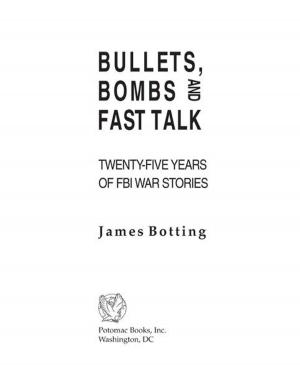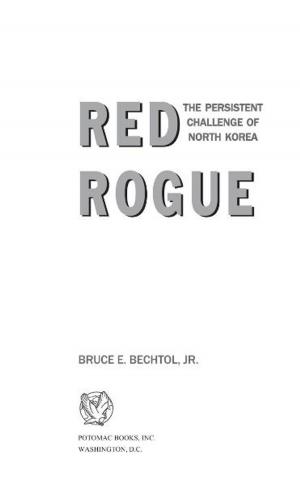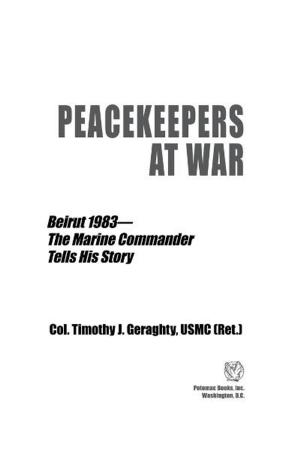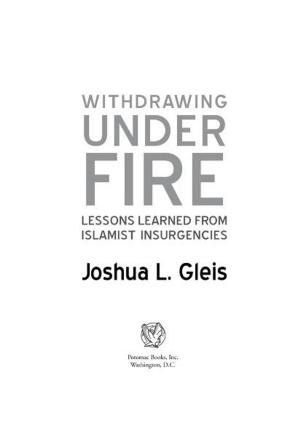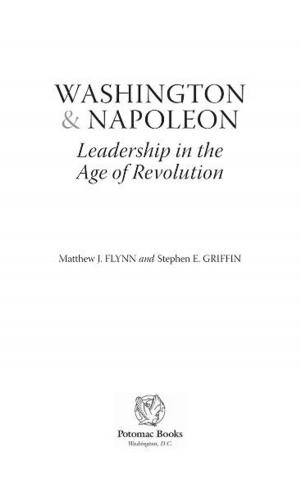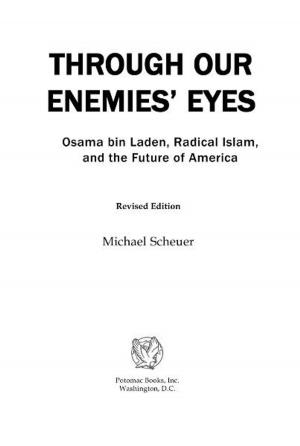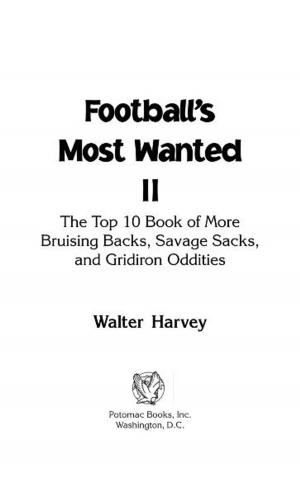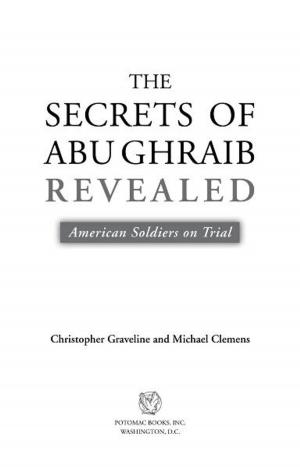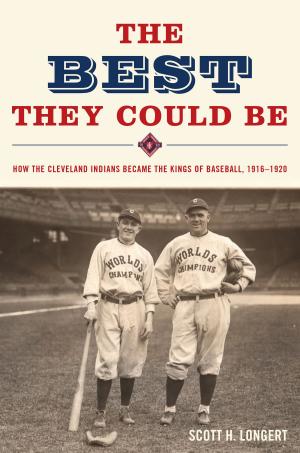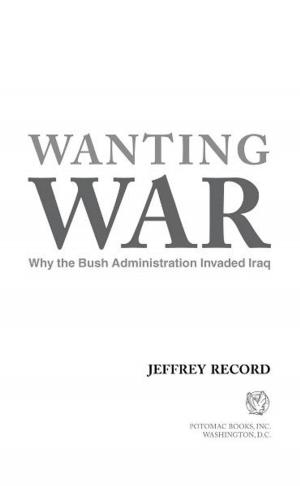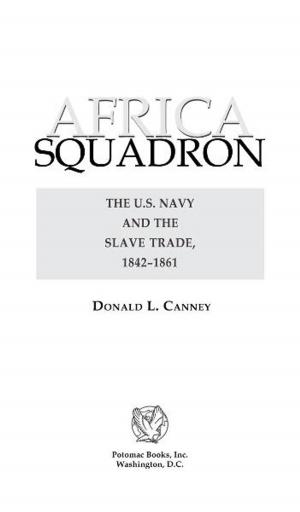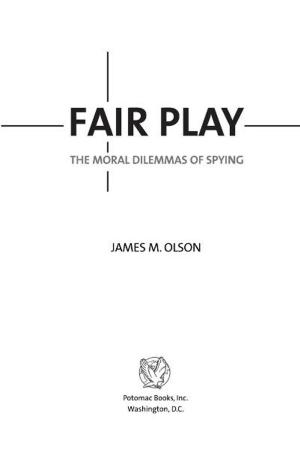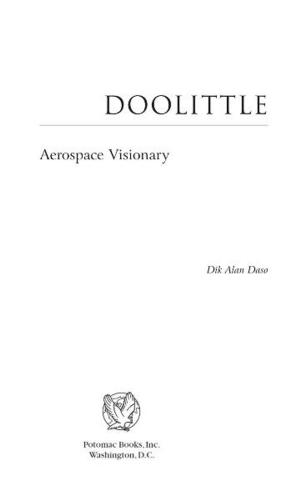NATO 2.0: Reboot or Delete?
Nonfiction, Social & Cultural Studies, Political Science, International, Treaties, History, Western Europe, International Relations| Author: | Sarwar A. Kashmeri | ISBN: | 9781597977784 |
| Publisher: | Potomac Books Inc. | Publication: | April 30, 2011 |
| Imprint: | Language: | English |
| Author: | Sarwar A. Kashmeri |
| ISBN: | 9781597977784 |
| Publisher: | Potomac Books Inc. |
| Publication: | April 30, 2011 |
| Imprint: | |
| Language: | English |
On September 5, 2009, the commanding officer of NATO's German troops in Afghanistan ordered a U.S. Air Force fighter to destroy two fuel trucks hijacked by theTaliban. Within hours, he was being investigated by German prosecutors for the murder of innocent civilians—collateral damage. Under German law its forces can only be deployed for peacekeeping; America might be at war in Afghanistan, but Germany is not.
Germany is not the only country that sets strict conditions on its NATO troops. Half of the allied forces in Afghanistan operate under restricted battlefield conditions. Gen. Dwight Eisenhower stormed the beaches of Normandy with an Allied army that followed his every command; in Afghanistan military commanders must consult a checklist to figure out which allied soldiers can be sent into battle.
NATO today is a shadow of what it used to be—the world's most formidable military alliance. Its original reason for existence, the Soviet Union, disintegrated years ago, and its dreams of being a world cop are withering in the mountains of Afghanistan. But eliminating NATO is not the answer, argues Sarwar Kashmeri. It is, for Americans and Europeans, still the safety net of last resort. Kashmeri believes NATO's future usefulness depends on its ability to partner with CSDP, Europe's increasingly successful security and defense establishment. It is time for NATO 2.0, a new version of NATO, to fit the realities of the twenty-first century.
Germany is not the only country that sets strict conditions on its NATO troops. Half of the allied forces in Afghanistan operate under restricted battlefield conditions. Gen. Dwight Eisenhower stormed the beaches of Normandy with an Allied army that followed his every command; in Afghanistan military commanders must consult a checklist to figure out which allied soldiers can be sent into battle.
NATO today is a shadow of what it used to be—the world's most formidable military alliance. Its original reason for existence, the Soviet Union, disintegrated years ago, and its dreams of being a world cop are withering in the mountains of Afghanistan. But eliminating NATO is not the answer, argues Sarwar Kashmeri. It is, for Americans and Europeans, still the safety net of last resort. Kashmeri believes NATO's future usefulness depends on its ability to partner with CSDP, Europe's increasingly successful security and defense establishment. It is time for NATO 2.0, a new version of NATO, to fit the realities of the twenty-first century.
On September 5, 2009, the commanding officer of NATO's German troops in Afghanistan ordered a U.S. Air Force fighter to destroy two fuel trucks hijacked by theTaliban. Within hours, he was being investigated by German prosecutors for the murder of innocent civilians—collateral damage. Under German law its forces can only be deployed for peacekeeping; America might be at war in Afghanistan, but Germany is not.
Germany is not the only country that sets strict conditions on its NATO troops. Half of the allied forces in Afghanistan operate under restricted battlefield conditions. Gen. Dwight Eisenhower stormed the beaches of Normandy with an Allied army that followed his every command; in Afghanistan military commanders must consult a checklist to figure out which allied soldiers can be sent into battle.
NATO today is a shadow of what it used to be—the world's most formidable military alliance. Its original reason for existence, the Soviet Union, disintegrated years ago, and its dreams of being a world cop are withering in the mountains of Afghanistan. But eliminating NATO is not the answer, argues Sarwar Kashmeri. It is, for Americans and Europeans, still the safety net of last resort. Kashmeri believes NATO's future usefulness depends on its ability to partner with CSDP, Europe's increasingly successful security and defense establishment. It is time for NATO 2.0, a new version of NATO, to fit the realities of the twenty-first century.
Germany is not the only country that sets strict conditions on its NATO troops. Half of the allied forces in Afghanistan operate under restricted battlefield conditions. Gen. Dwight Eisenhower stormed the beaches of Normandy with an Allied army that followed his every command; in Afghanistan military commanders must consult a checklist to figure out which allied soldiers can be sent into battle.
NATO today is a shadow of what it used to be—the world's most formidable military alliance. Its original reason for existence, the Soviet Union, disintegrated years ago, and its dreams of being a world cop are withering in the mountains of Afghanistan. But eliminating NATO is not the answer, argues Sarwar Kashmeri. It is, for Americans and Europeans, still the safety net of last resort. Kashmeri believes NATO's future usefulness depends on its ability to partner with CSDP, Europe's increasingly successful security and defense establishment. It is time for NATO 2.0, a new version of NATO, to fit the realities of the twenty-first century.


